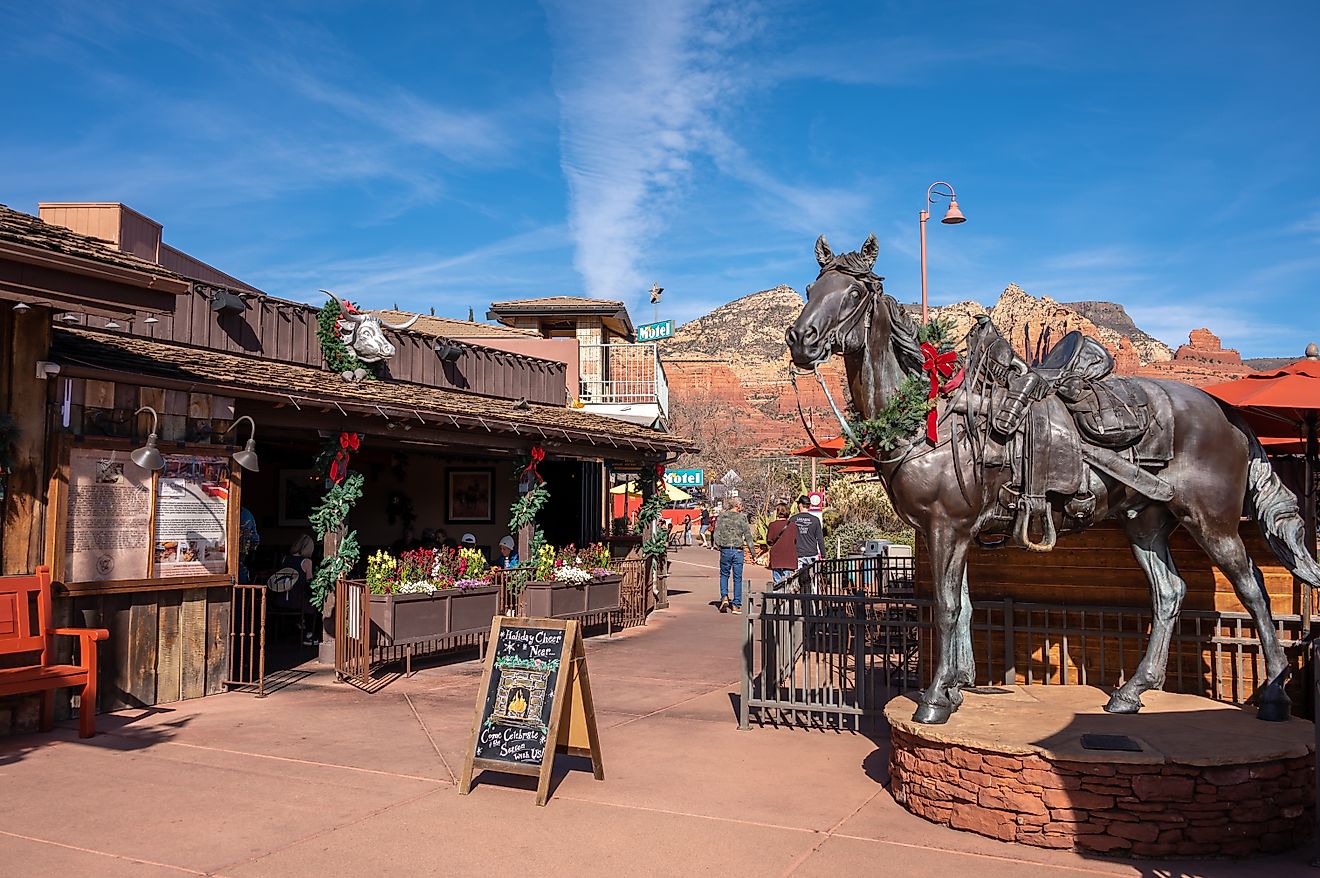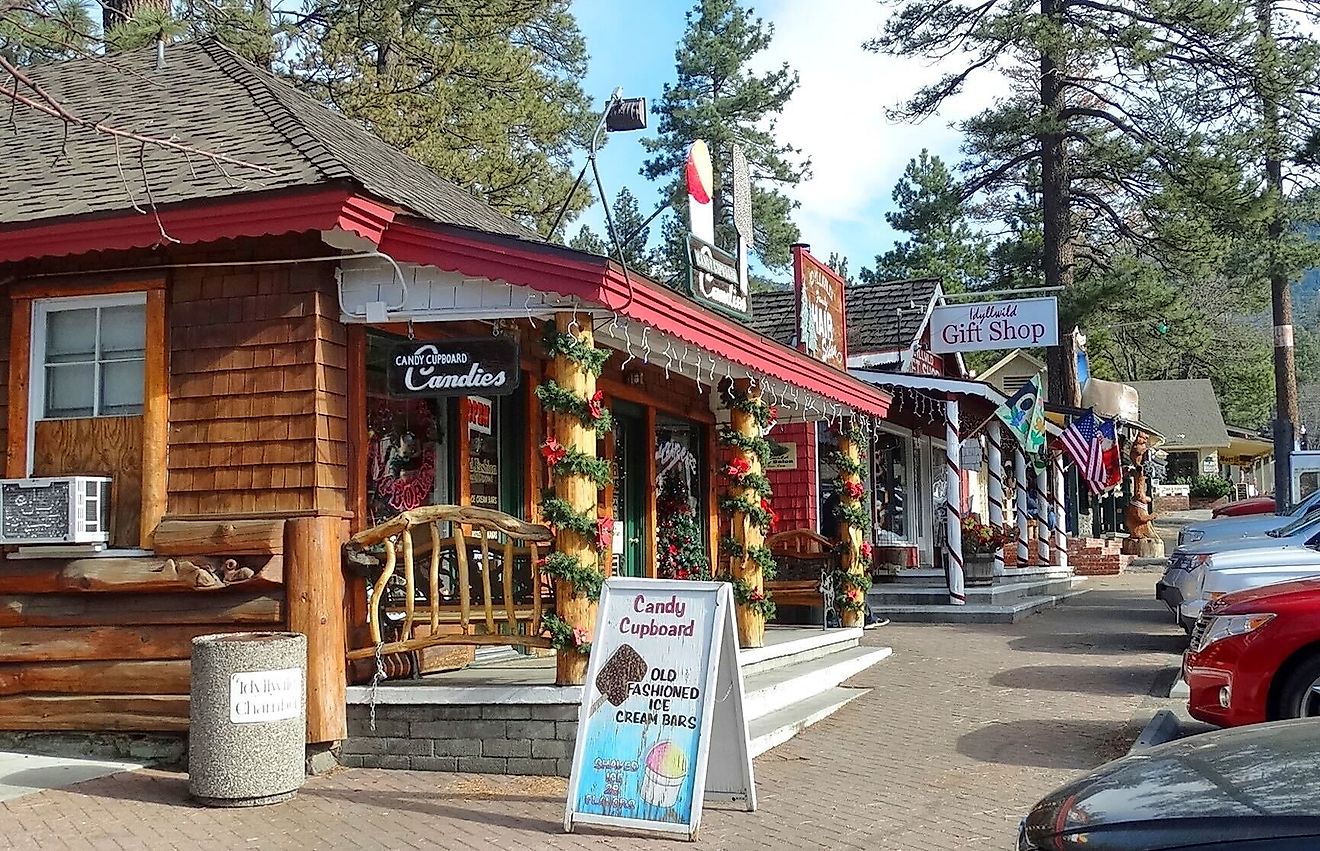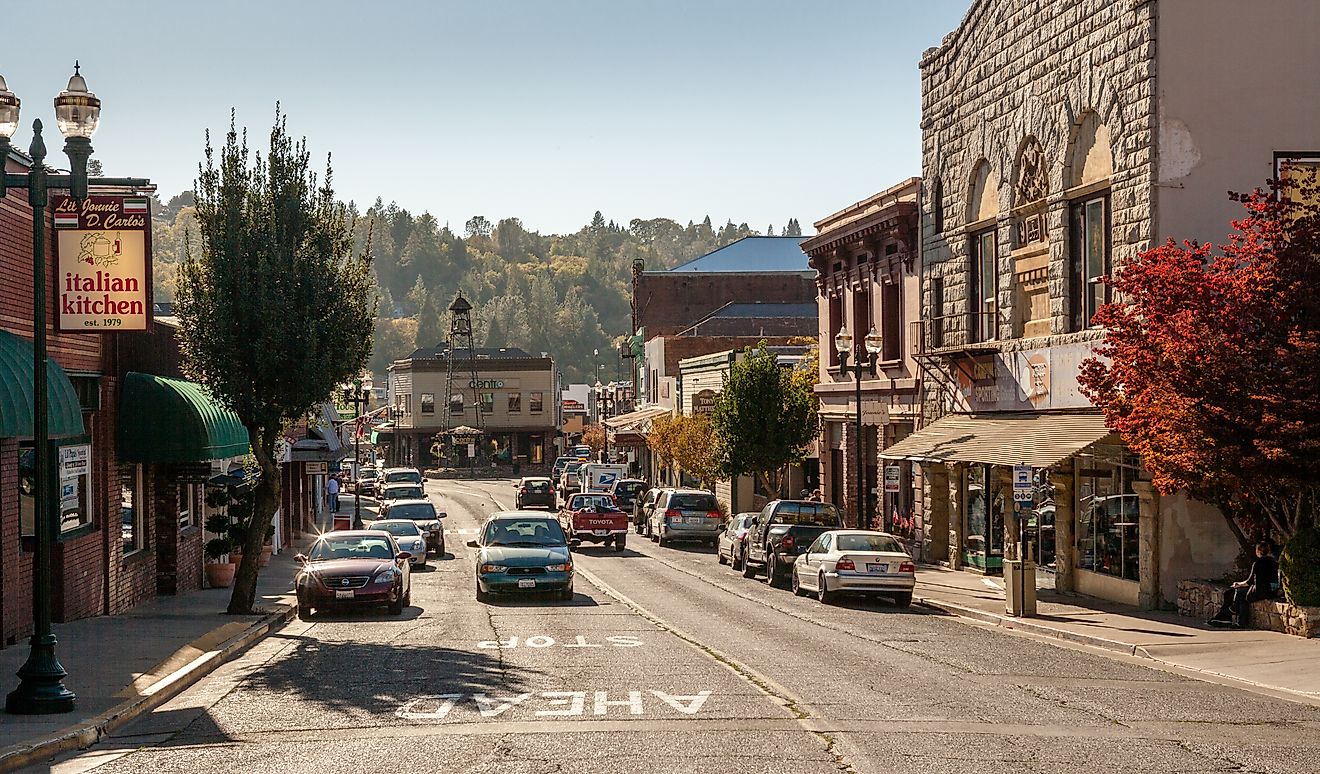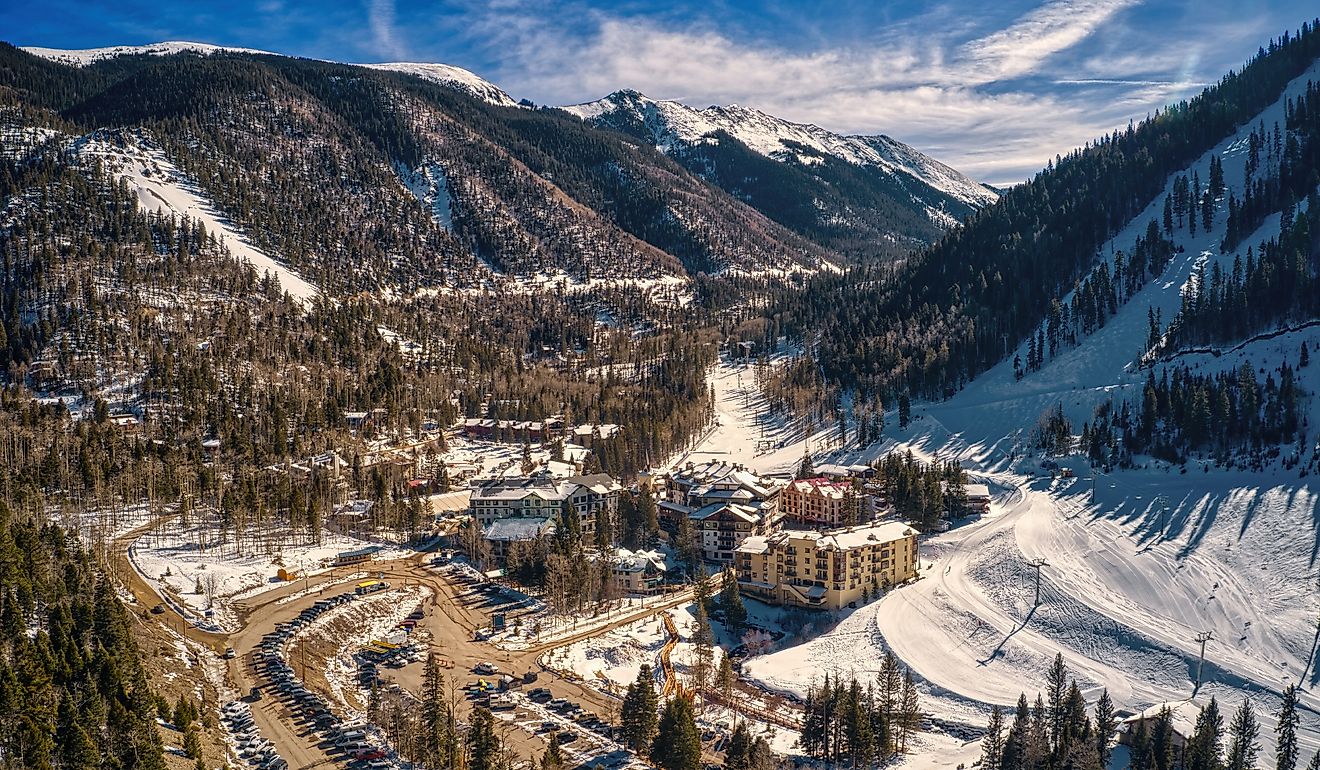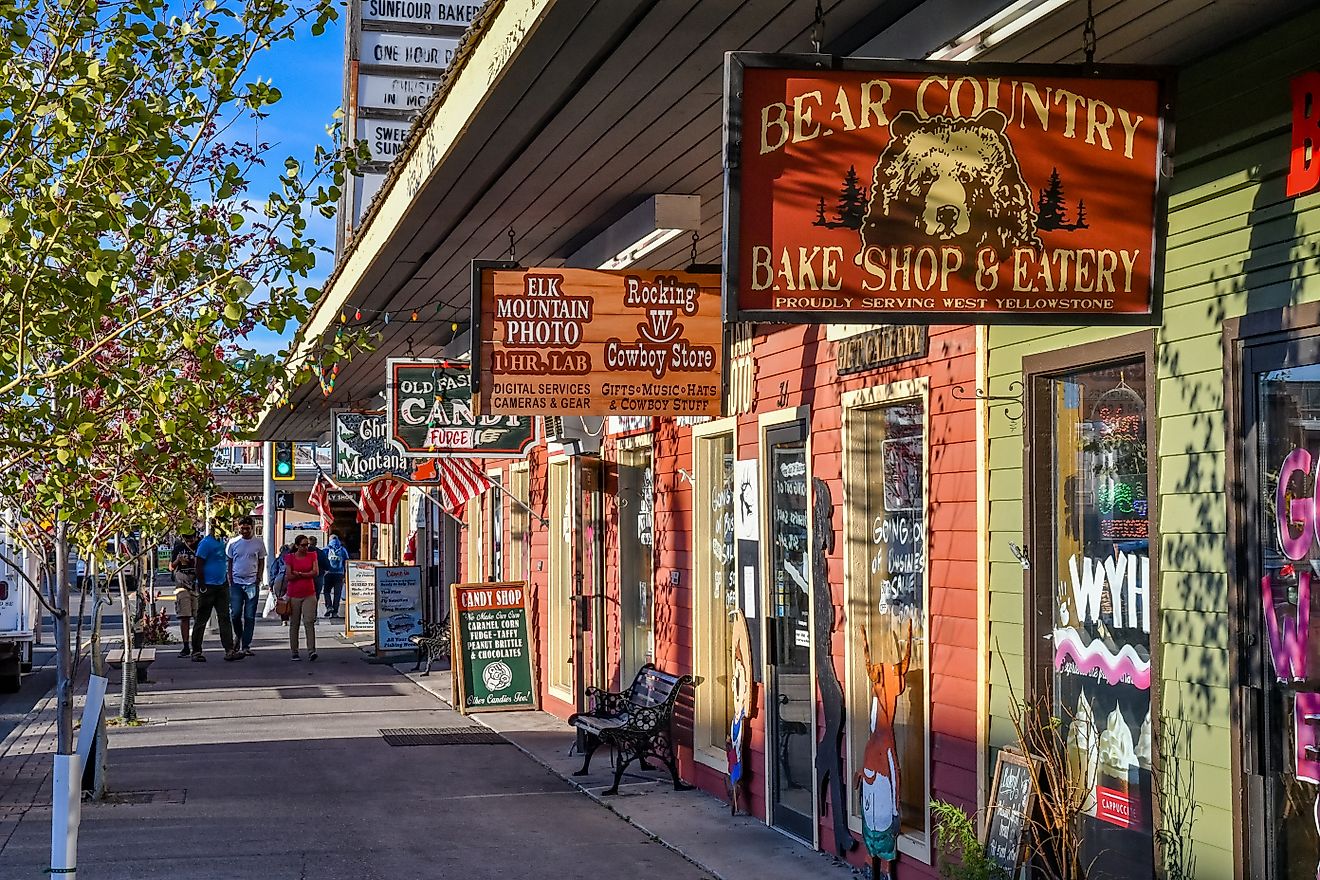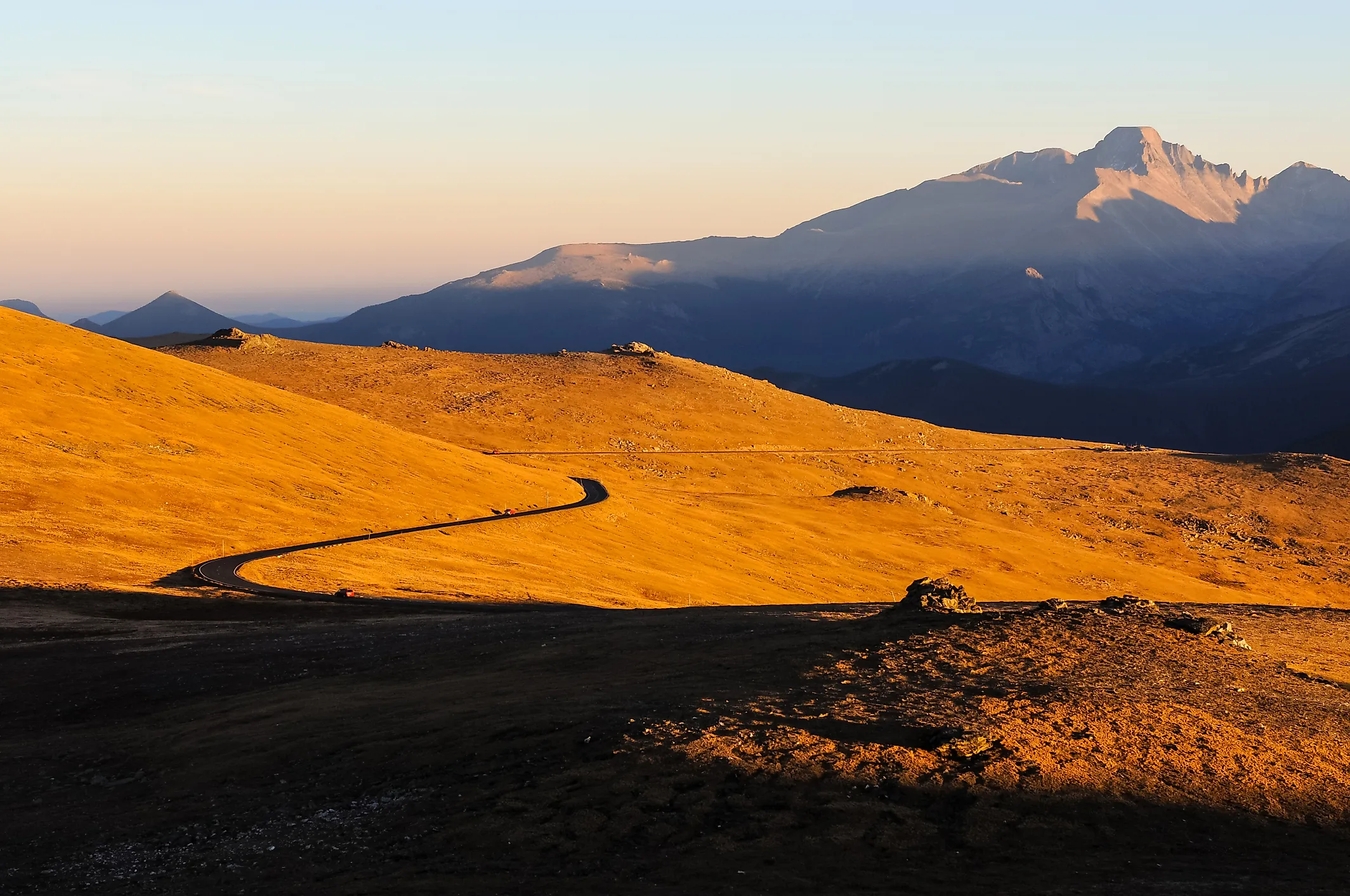
Rocky Mountain National Park's Must-See Stops on America’s Highest Continuous Paved Road
The vast Rocky Mountain range of Colorado is home to none other than Rocky Mountain National Park, one of the nation's highest parklands and among its most beloved natural treasures. What's impressive about this destination (besides its epic views) is the level of infrastructure that has been built within to accommodate the millions of visitors that come here every year. Not just visitor centers and camping setups, but well-maintained trails and roadways to get you around with relative ease. This article will focus on one such route, the famous Trail Ridge Road, and what it offers in terms of things to see and do along the way.
How this Epic Roadway Came to Be
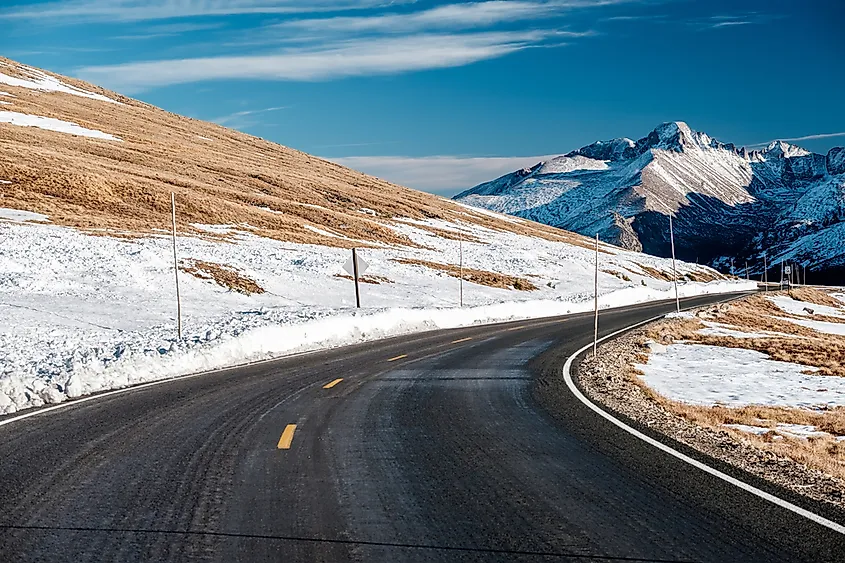
The renowned Trail Ridge Road is the highest continuous paved road in the United States, reaching a staggering elevation of 12,183 feet! Completed in 1932, it replaced the rough, single-lane Fall River Road as Rocky Mountain National Park's main east-west route.
Trail Ridge Road was clearly a major undertaking by the National Park Service and the Bureau of Public Roads, requiring careful planning to minimize environmental impact. The road was engineered to blend seamlessly with the alpine environment as much as possible while providing easier access to high-country scenery once reachable only by trail. Today, it is both a functional crossing of the Continental Divide and a scenic drive, with numerous pullouts and trailheads highlighting the park’s diverse landscapes.
Stretching 48 miles between Estes Park and Grand Lake, it passes through multiple distinct ecosystems, from montane forests to treeless tundra. Note that due to harsh winter conditions in this rugged region, it typically opens only from late May to early October.
Must-Visit Stops Along the Way
As mentioned, there are several destinations on the Trail Ridge Road that you definitely will not want to simply drive by. Here are some of the most highly recommended locales you'll want to pull over for, from popular hikes to wonderful landmarks and more.
Many Parks Curve Overlook
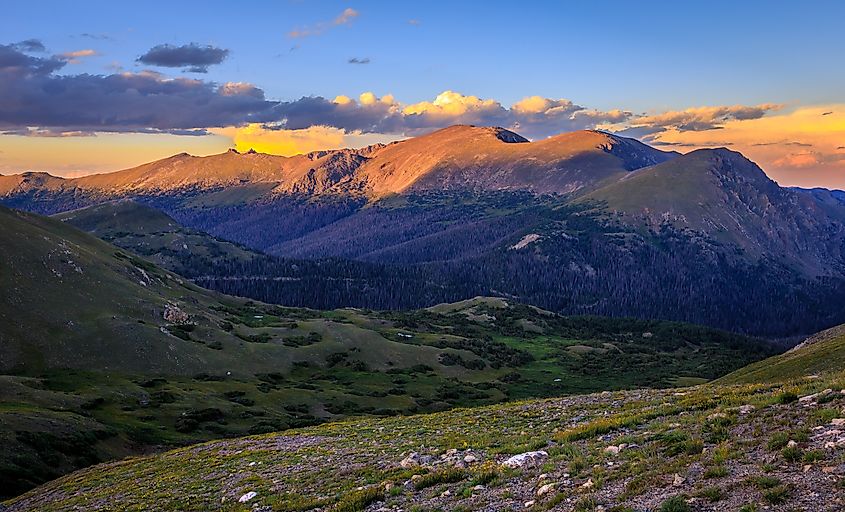
Located about six miles from the Beaver Meadows Entrance, Many Parks Curve Overlook provides one of the first sweeping viewpoints along Trail Ridge Road if you're heading west. From this pullout, you will be able to spot the Estes Valley, Moraine Park, Horseshoe Park, and distant peaks, including Longs Peak.
It’s an excellent introduction before continuing into the high country, offering a sense of the park’s vast scale. The name refers to the multiple glacial valleys, or “parks,” visible from this single vantage point. Interpretive signs explain the area’s geology and history, making it both a scenic and educational stop. The overlook is also easily accessible and open to all vehicle types in good weather.
Rainbow Curve
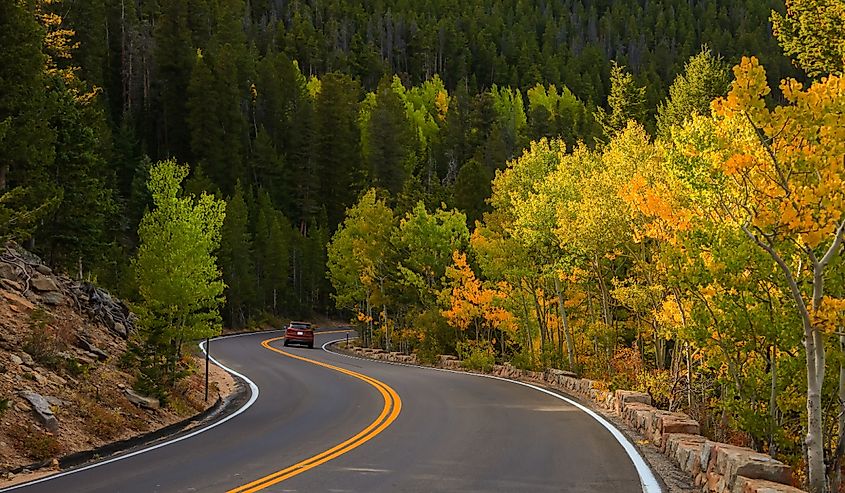
Roughly 12 miles from Estes Park, Rainbow Curve Overlook sits at over 10,800 feet and marks the point where Trail Ridge Road begins its steep climb toward alpine tundra. The overlook provides a clear view of Horseshoe Park and the winding Fall River far below. On clear days, the layered ridges and valleys within sight are made even more picturesque during sunrise or sunset, with colors that shift greatly depending on the light, hence the name.
An attached parking area accommodates most vehicles, and interpretive displays describe the valley’s glacial origins and wildlife. This is also a reliable spot for spotting elk, particularly in the early morning and late afternoon.
Alpine Visitor Center
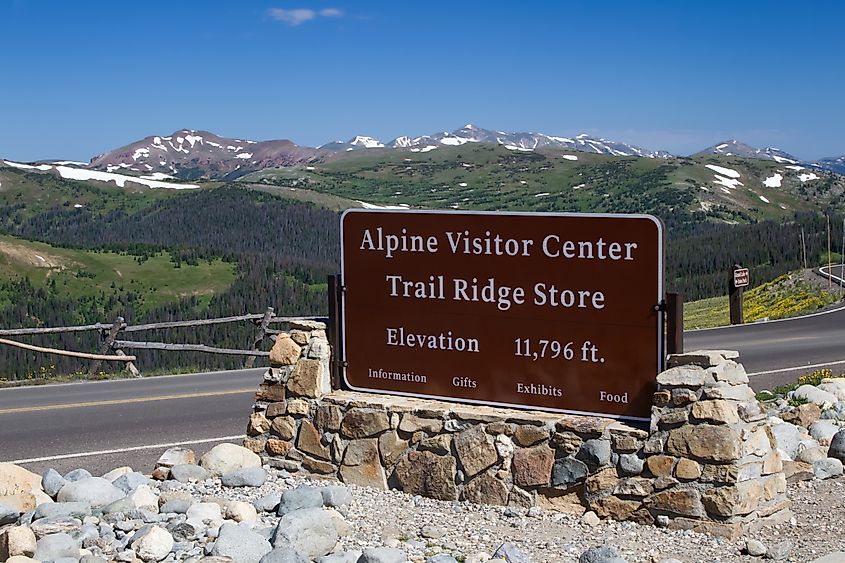
Located at 11,796 feet near the road’s highest point, the Alpine Visitor Center is the highest-elevation visitor center in the entire National Park System. It serves as a key stop for a better understanding of Rocky Mountain National Park’s tundra ecosystem, or simply taking a break from the road.
The facility includes educational exhibits, a gift shop, a café, and restrooms, which are important amenities in the sparsely developed high country of Colorado. Moreover, outside, a short trail leads to wide-ranging lookout points of the surrounding peaks and the headwaters of the Colorado River. Rangers are available to answer questions about the park’s geology, wildlife, and trail conditions. Due to its altitude, the air is thin and temperatures can be cool, even in midsummer, so be sure to bring a jacket if you can.
Tundra Communities Trail
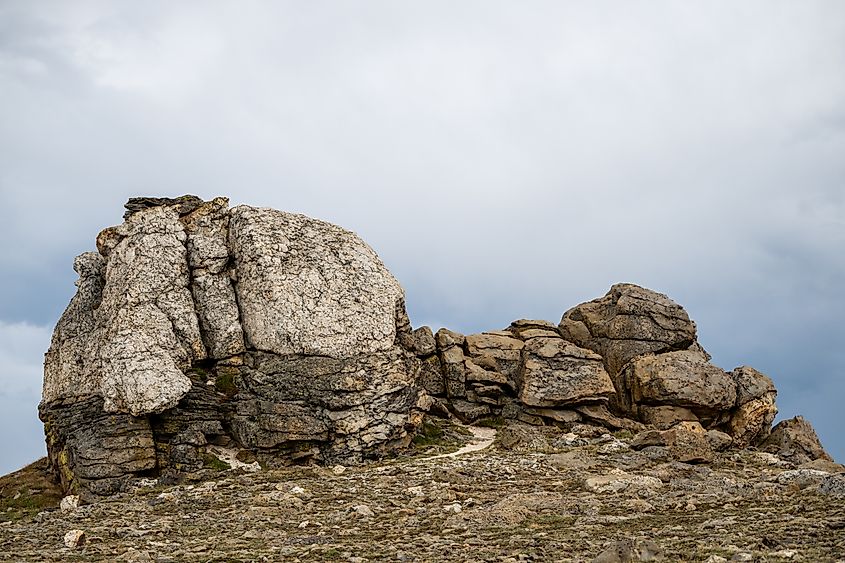
Its trailhead being accessed from a pullout parking lot with nearby seasonal restrooms, the Tundra Communities Trail is an easy-to-traverse, paved, half-mile walk that is designed to teach you a bit more about its surrounding, fragile alpine environment. Educational signage will explain how the region's specialized plants, such as alpine forget-me-nots and moss campion, survive in such thin soil, intense sun, and strong winds. Along the route, keep your eyes peeled for other wildlife too, like marmots, pikas, and, occasionally, bighorn sheep.
The trail ends at the "Mushroom Rocks," a collection of wind-sculpted stone formations that show off the power of erosion in a mountainous area like this. Please also be aware that because the tundra is extremely sensitive, you are encouraged to remain on the path at all times.
Where to Stay in Rocky Mountain National Park
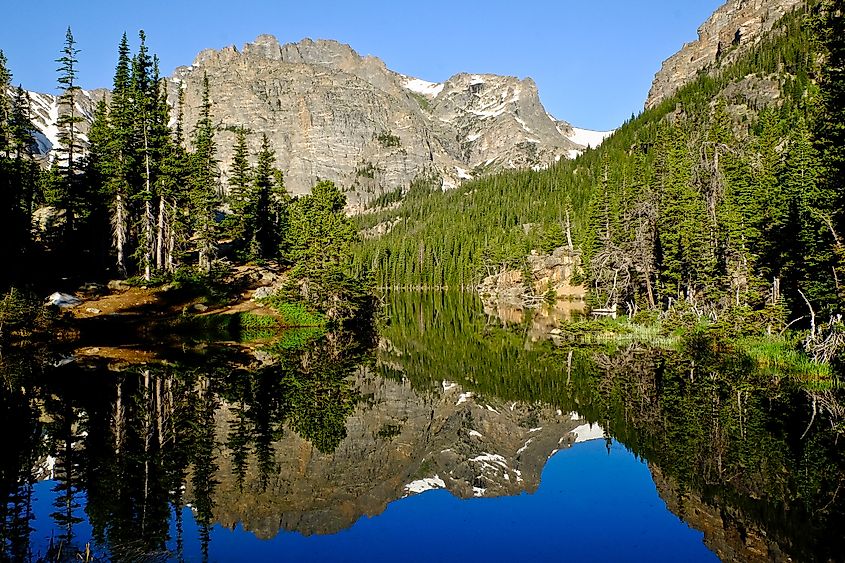
Accommodations for visitors to Rocky Mountain National Park range from in-park campgrounds to lodging in nearby gateway towns. For a more immersive stay, the park operates five front-country campgrounds: Aspenglen, Glacier Basin, Moraine Park, Timber Creek, and Longs Peak. All but Longs Peak accept reservations during the summer season, and amenities vary from basic tent sites to RV-friendly spots. Furthermore, backcountry camping is also available with a permit.
Seasonal closures are common due to weather, particularly at higher elevations, so advance booking is recommended during peak months. Within the park boundaries, there are no hotels or lodges, but Estes Park on the east side and Grand Lake on the west side offer a wide selection of options, including cabins, motels, vacation rentals, airbnbs, and full-service resorts. The most notable of these is The Stanley Hotel in Estes Park, which is famous not only for its beauty and historic value but also for the fact that it inspired Stanley Kubrick's classic horror film The Shining.
However you choose to spend your time here, you're in for an adventure of a lifetime should you decide to drive the length of the Trail Ridge Road.
